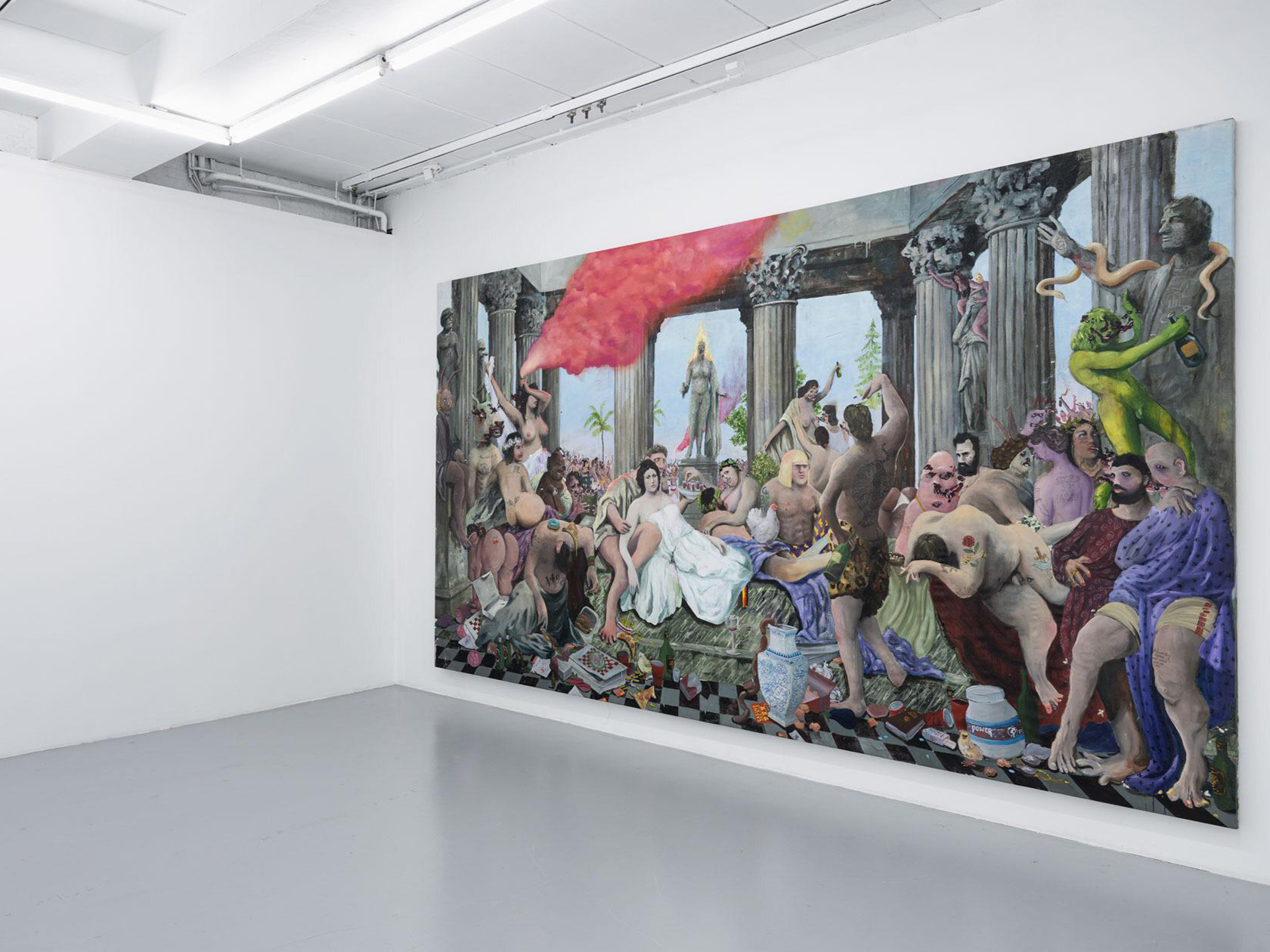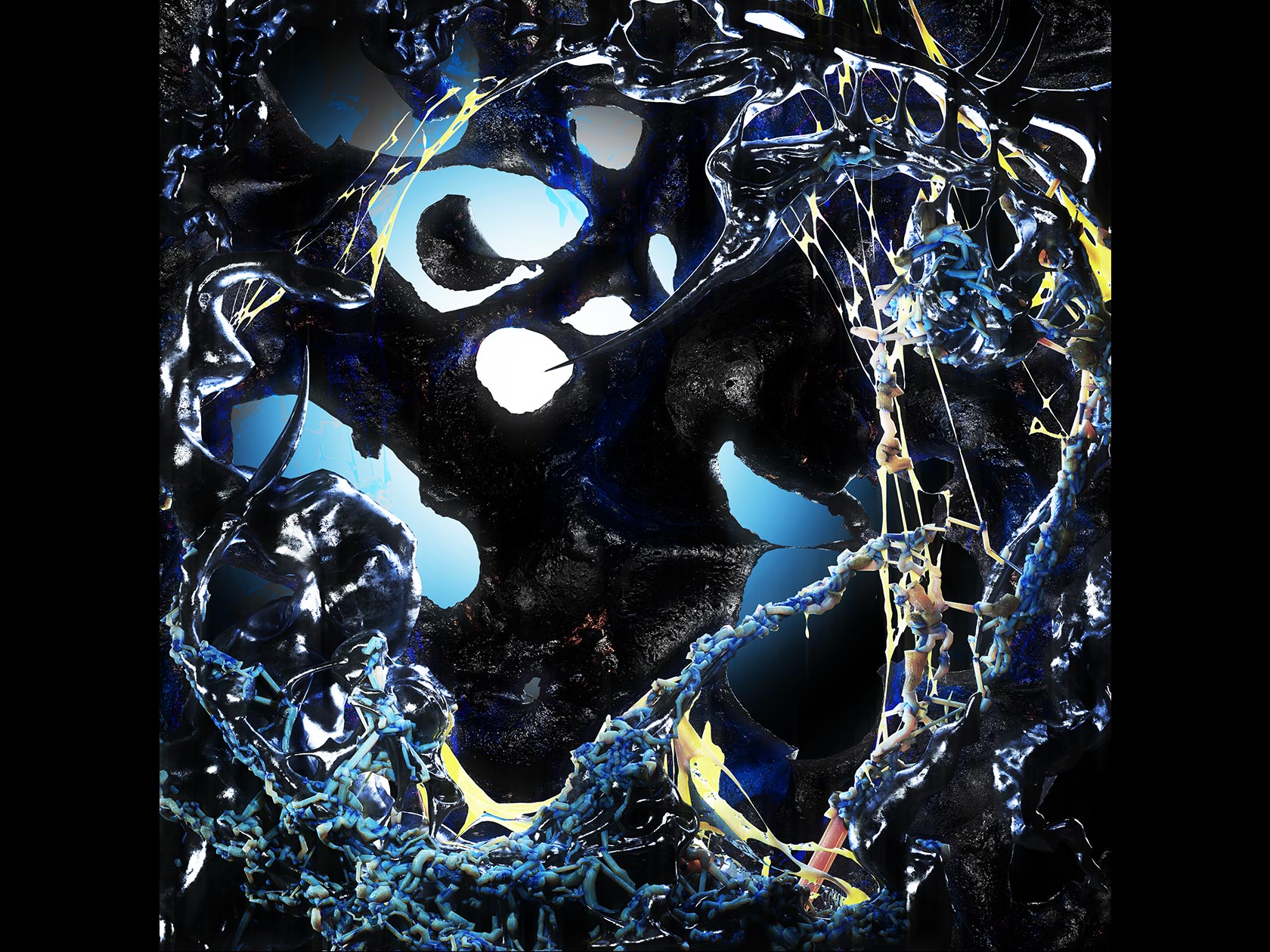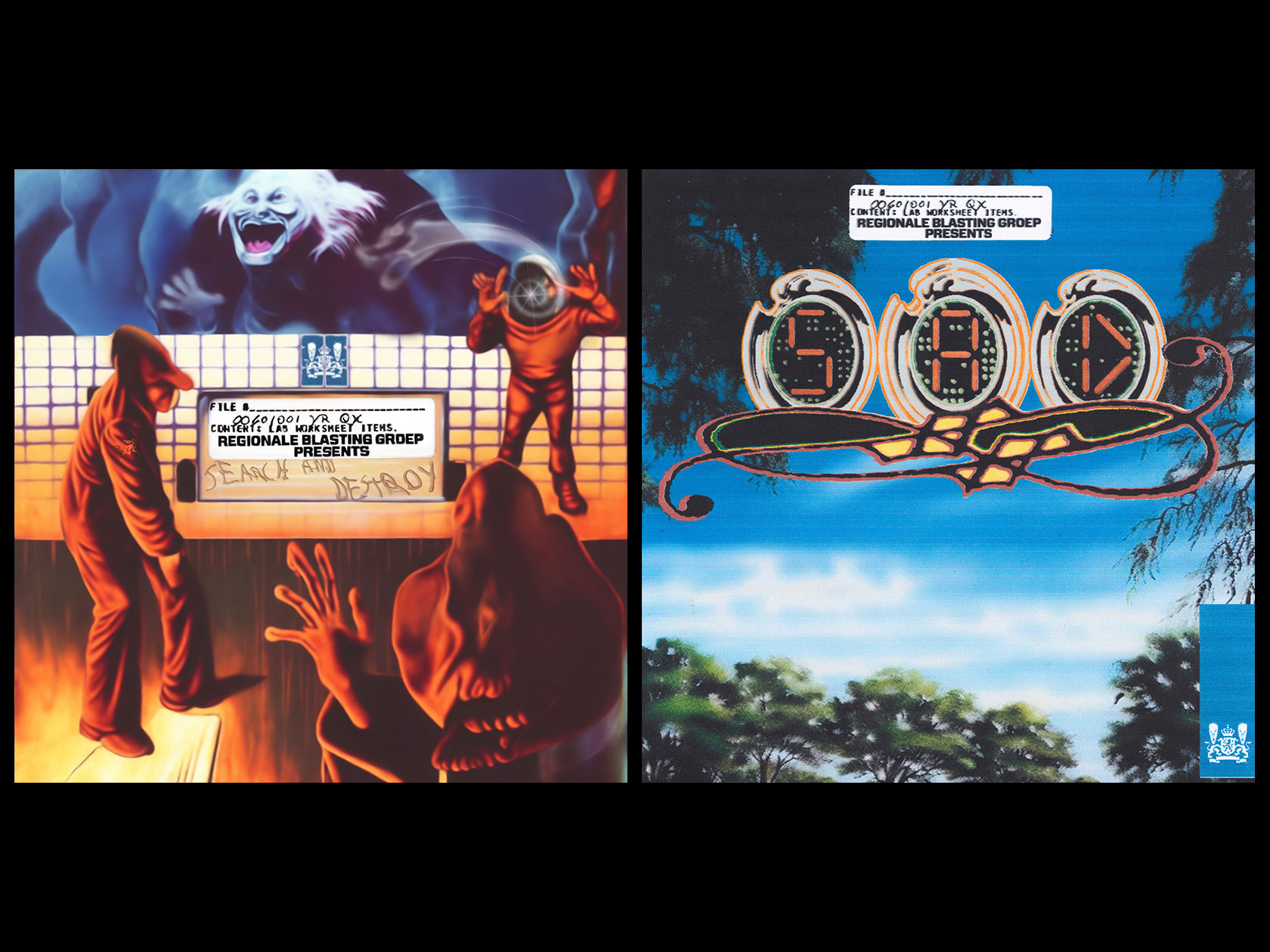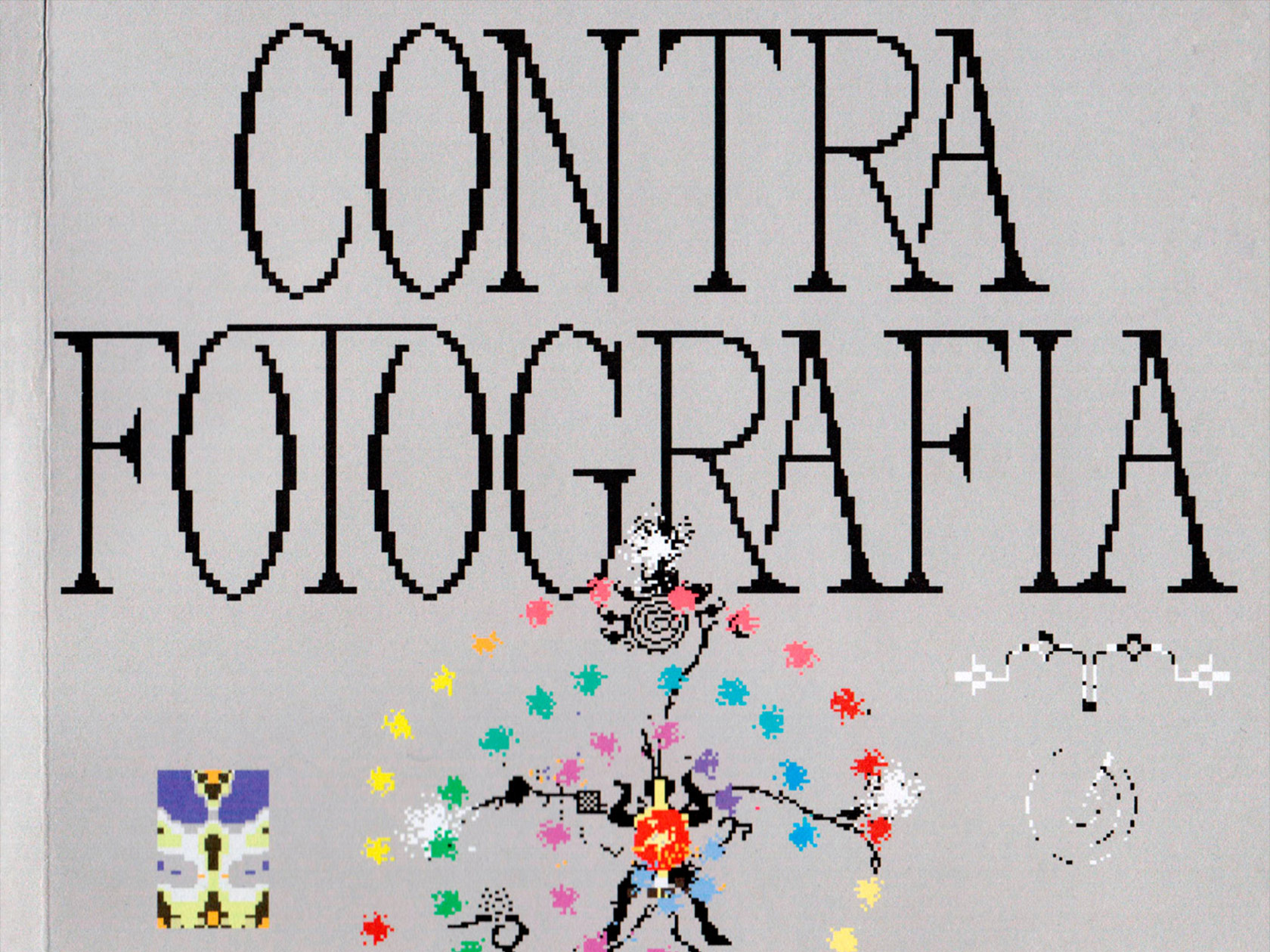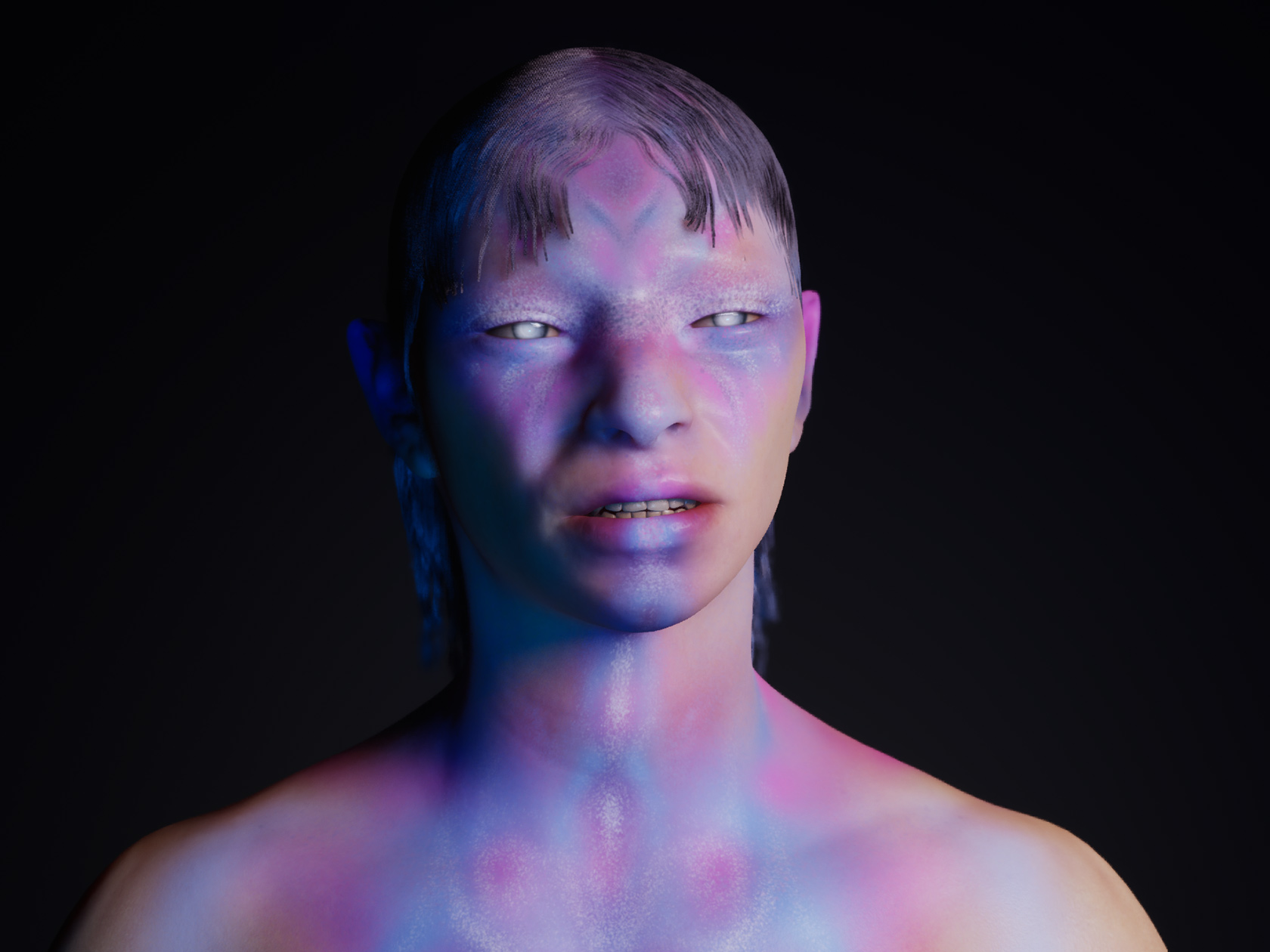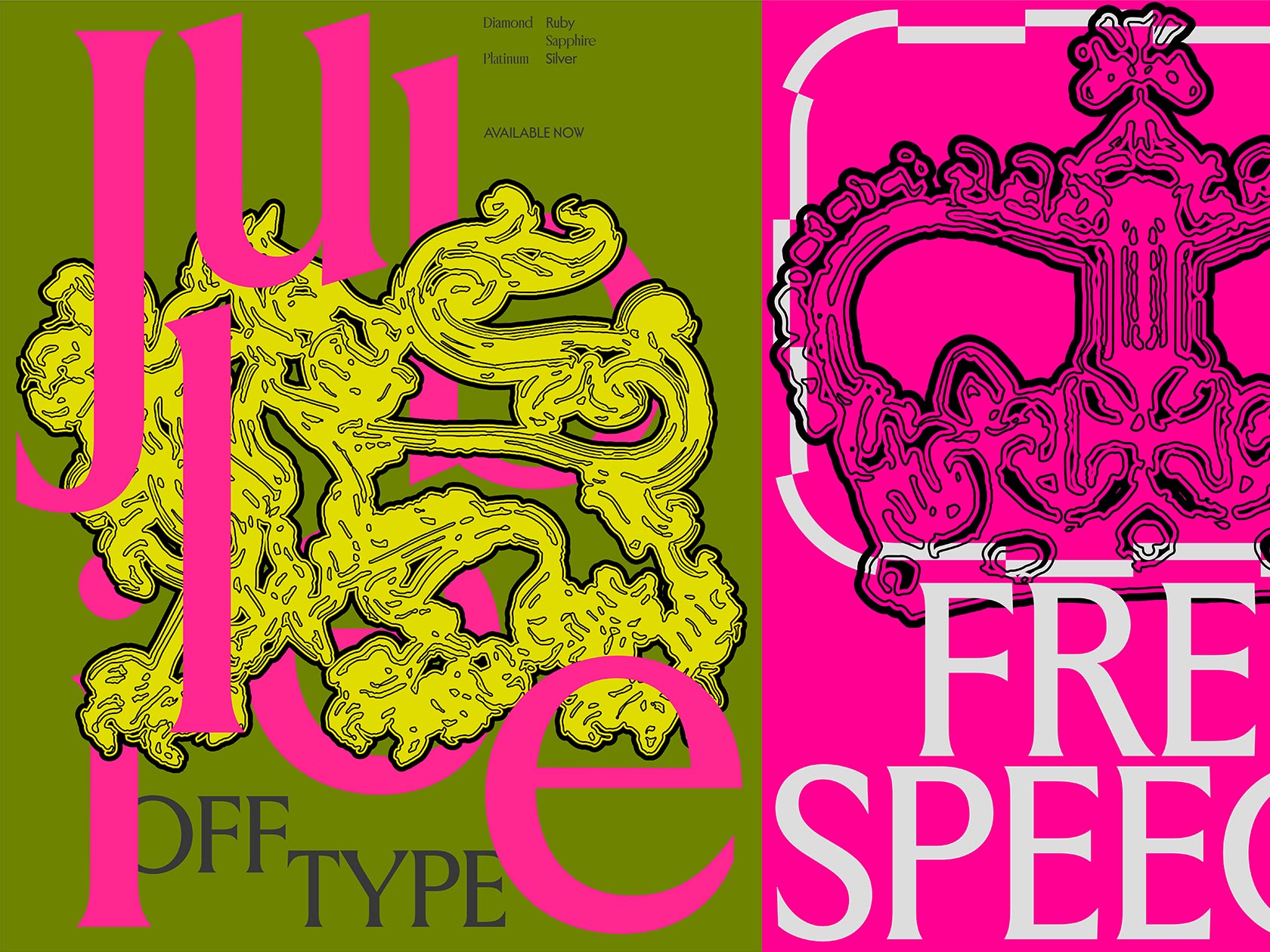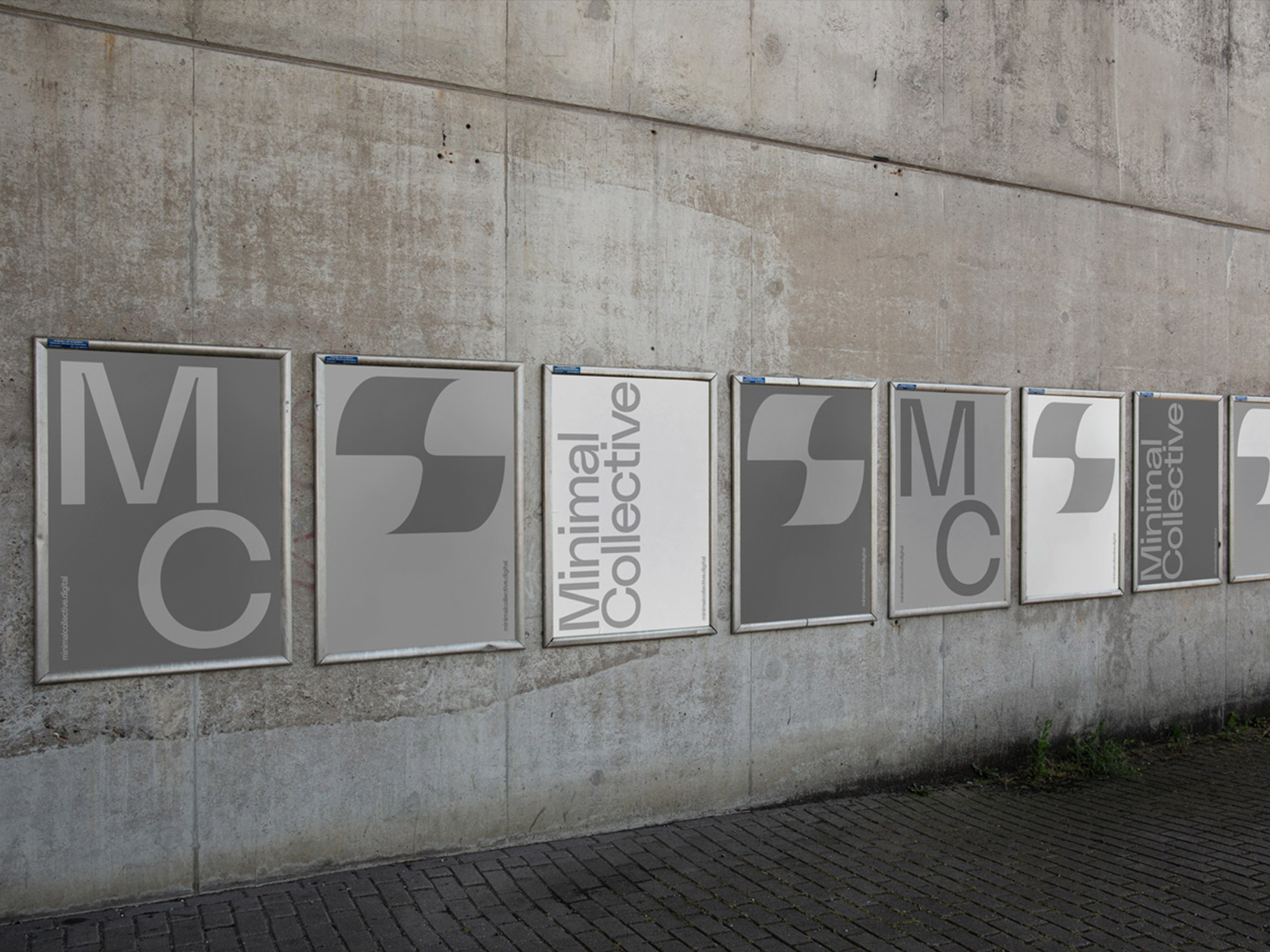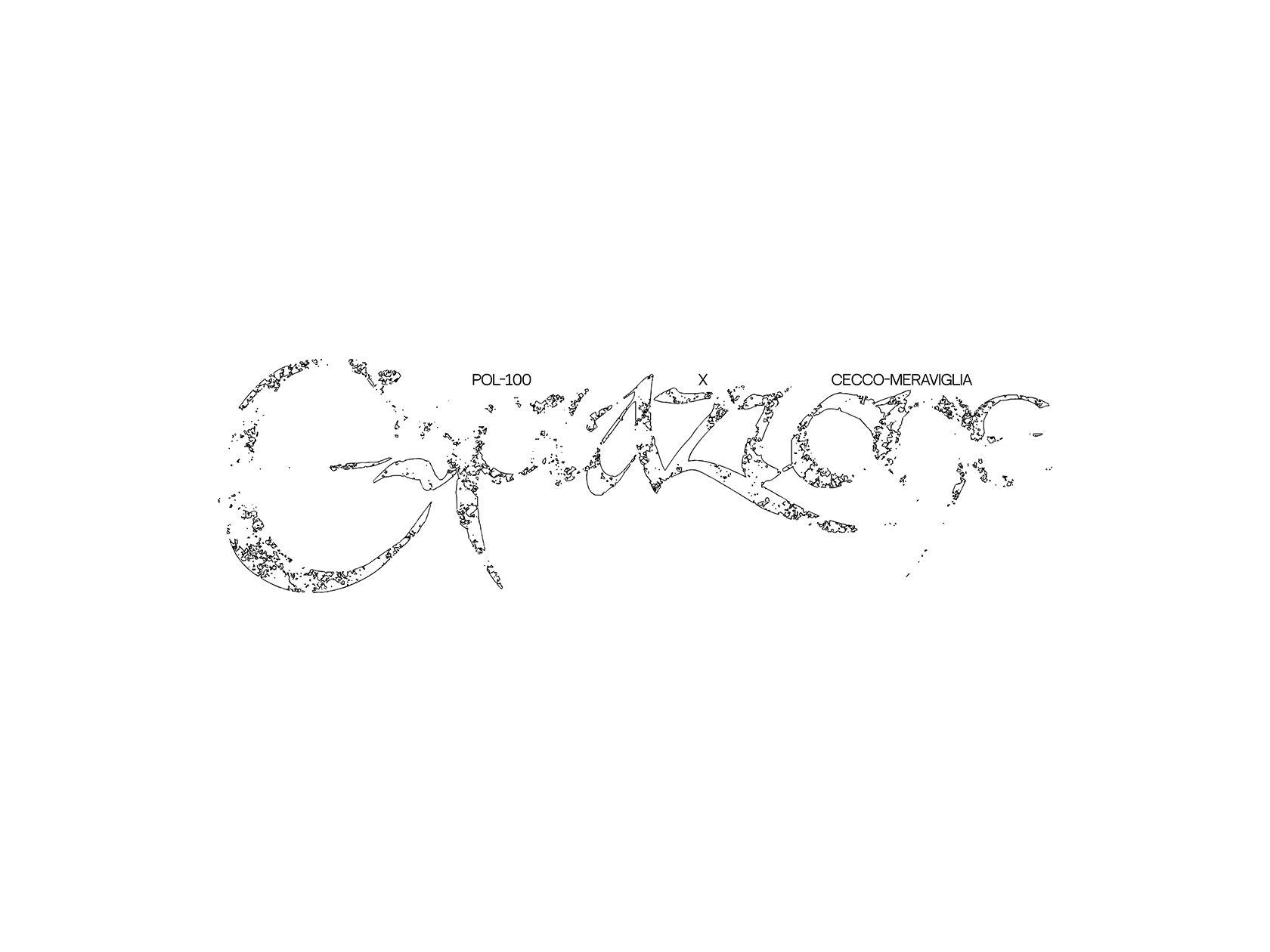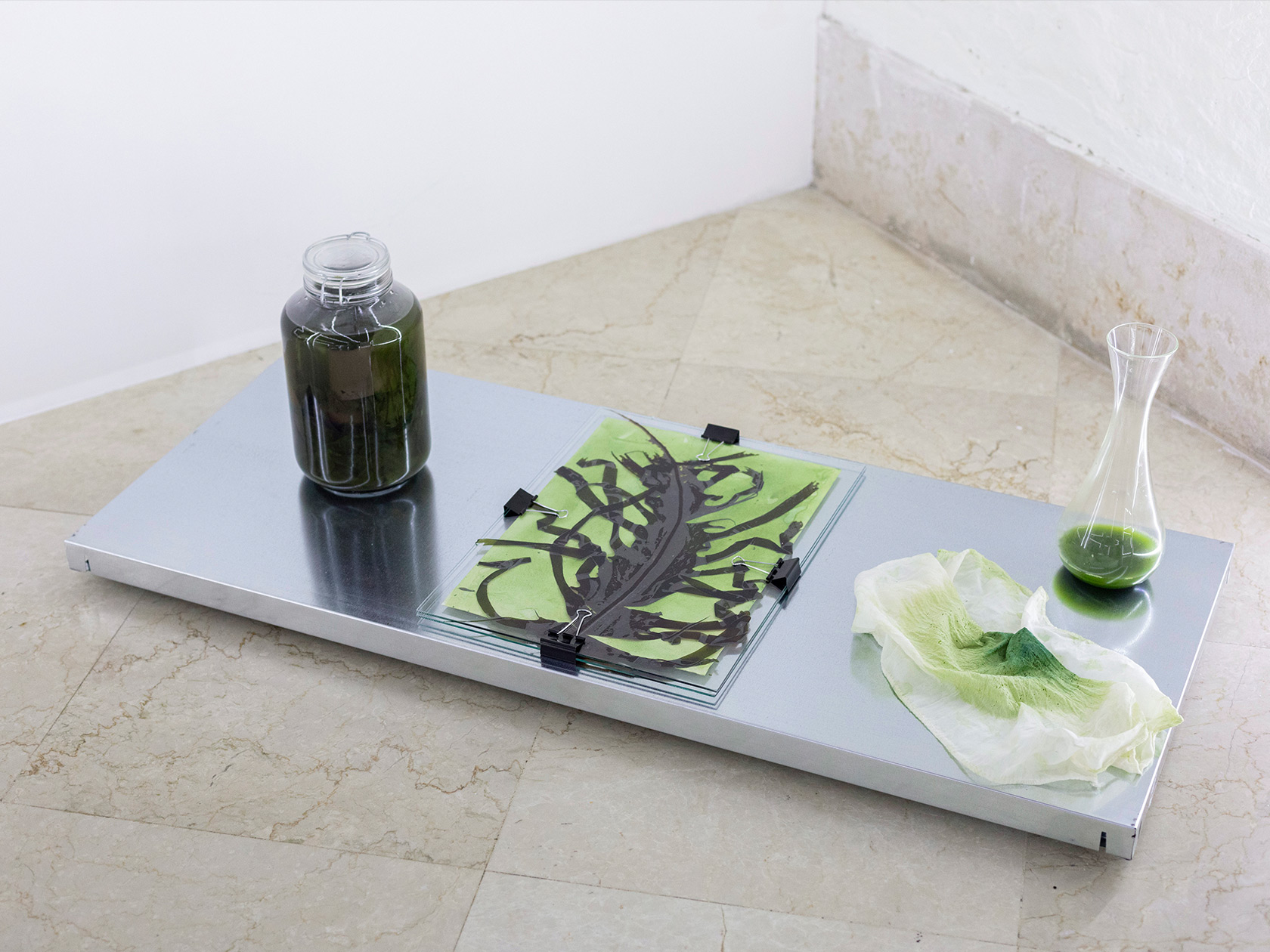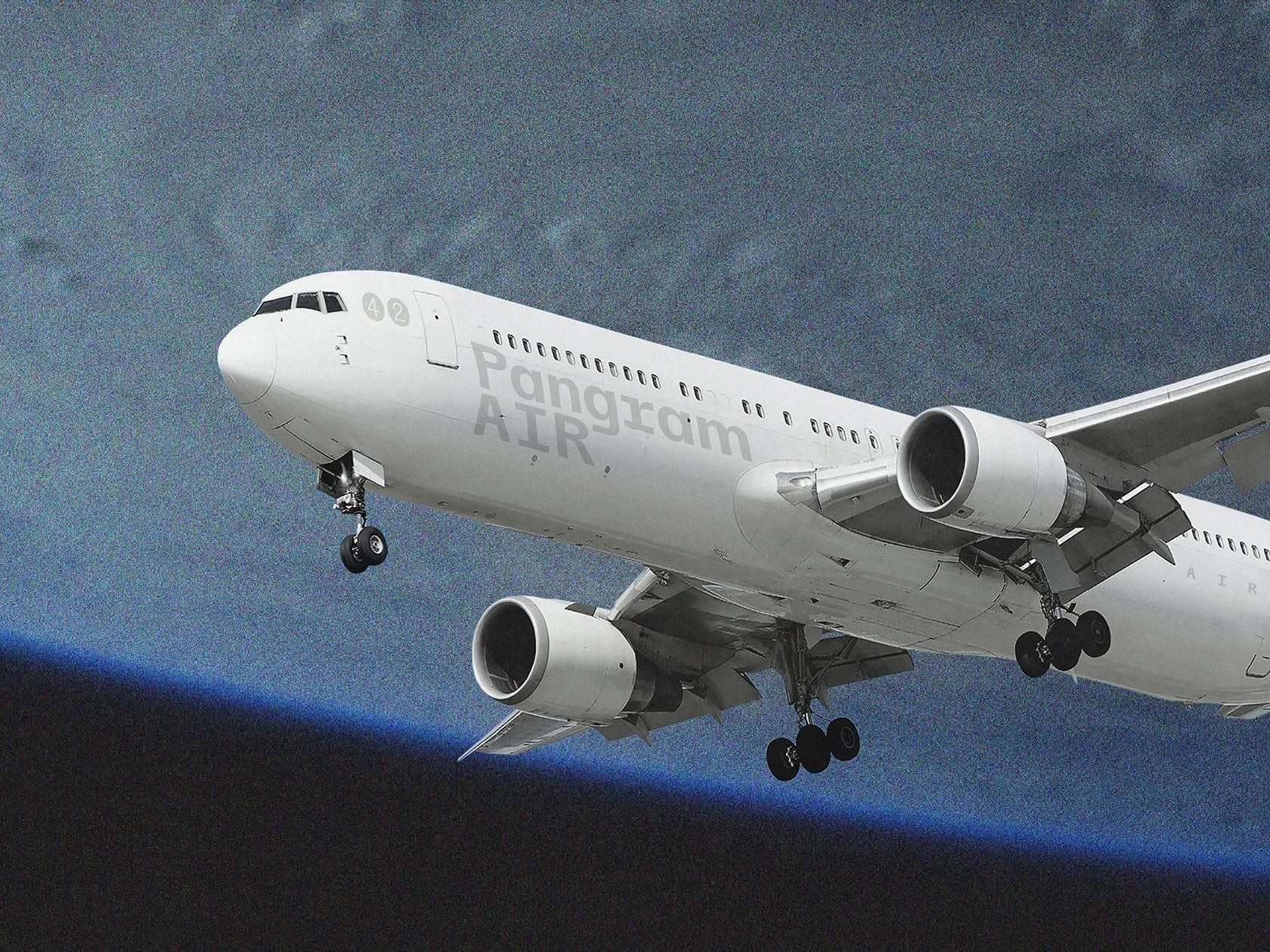In a beautiful country house in the Austrian countryside, the artists Willehad Eilers, better known as Wayne Horse, and Philip Mueller laid the foundation for their first-ever collaboration. The idea to collaborate arose while showing at the Dallas Art Fair with their respective galleries—Harlan Levey Projects and carbon12–which was the place the duo first met. “I was intrigued by the painting I saw. Though very different in style I felt a certain kinship. I enjoyed the attitude towards the subject paired with the looseness in execution,” Willehad tells C24, looking back on his first impression of Philip’s work, “Our gallerists knew each other, so got in contact with Philip who was enthusiastic about collaborating.” Instead of setting up a regular group show, the two artists decided to turn it into an experiment in which they would collaborate on each piece. The resulting paintings are on display in the exhibition ‘Reality Kings’ at Harlan Levey Projects.
In the following month, Willehad traveled to Austria, where Philip resided at Tonhof in Maria Saal, a country house with a rich cultural history. “We went all in. It is better to mess it up than to get stuck hesitating. We poured the backgrounds, scratched images with knives, and painted in oil which was for me the first time in my life. I had worked with ink and acrylics only until that point. It was difficult to start,” Willehad remembers, “After a few rather frustrating days I had some successful experiences. I had given up on trying to force myself on the paint and just stood by, stirring around in it and reacting to what it does. This was when the first faces arose out of the mess. They had character but looked different from what I had planned. I was hooked. The following days were spent painting every waking hour. I do not remember the last time I was so fascinated with a medium. To this day I am very grateful to Philip for introducing me into this world.”
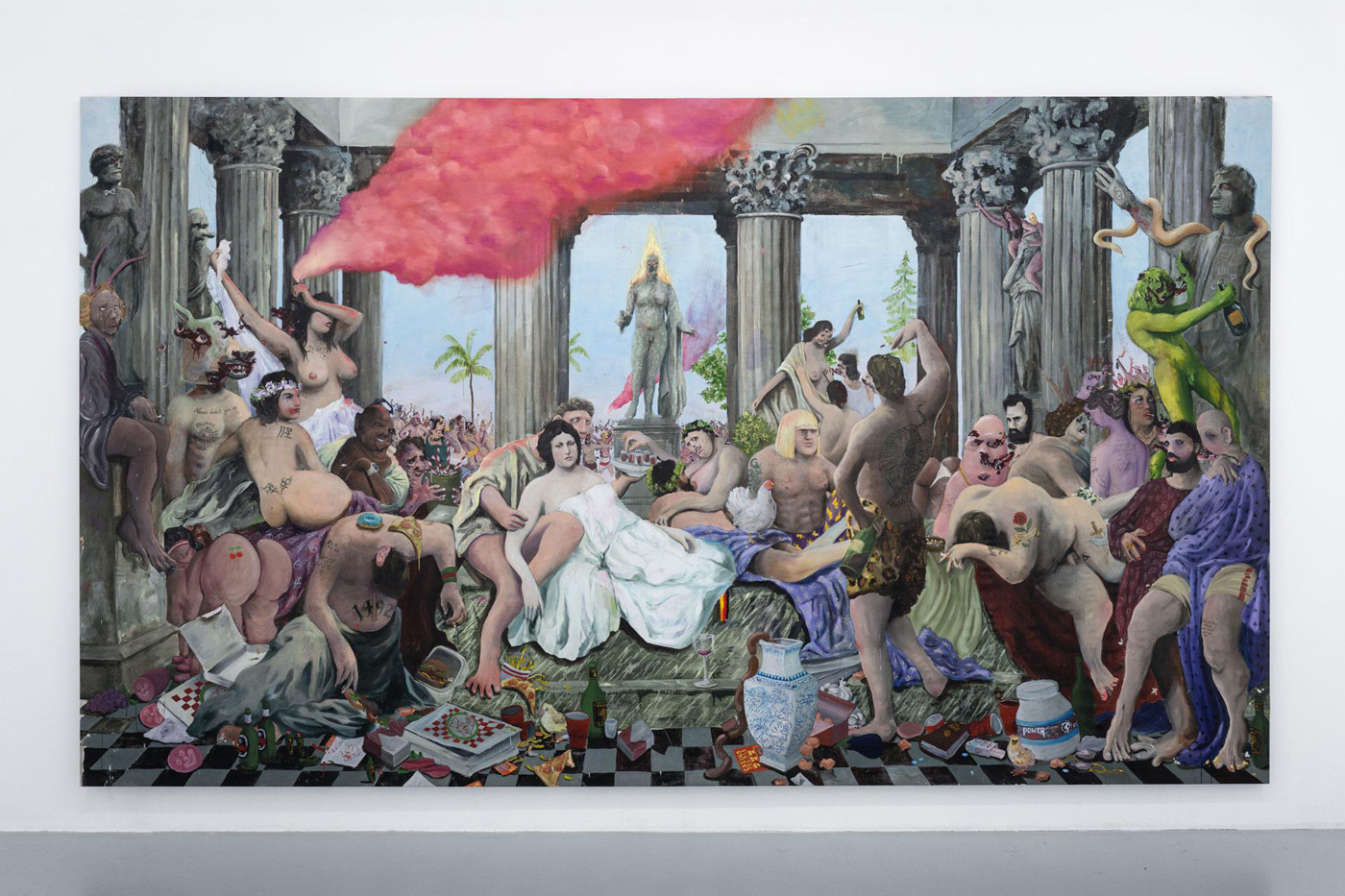
Willehad’s work spans a broad range of different mediums, including painting, drawing, video, and writing, and is distinctive for his lyrical quality, playful humor, and expressiveness. A reoccurring narrative in his oeuvre revolves around the bizarre, occasionally ugly but always compelling aspects of humanity. After graduating from the Rijksakademie, he now lives and works in Amsterdam and describes his practice as an investigation of the heuristically learned political and cultural mores that define contemporary society. Infused with mischievous, effortless confidence, he gently nudges us towards a poetic realization of our social selves through his highly performative range of paintings, videos, and drawings and offers us anthropological insight into his observations of the flawed human condition and its perpetual evolution. His work has been presented at various exhibitions so far, including his upcoming show at Galerie Droste in Duesseldorf.
With an education from the University of Applied Arts in Vienna, Philip’s known for his cacophonous large-scale paintings that fill the space with intense color and form manipulation reveal narratives that perplex, entertain and entice with references too near to familiarity to ignore. His work was presented in exhibitions within Austria, the UAE, and several international art fairs. The Vienna-based artist is also one of the founding members behind ‘Wiener Achse’, an association for transnational and international exchange of the Arts. His new online show ‘NRT Sunglasses After Dark’ can now be viewed at carbon12.
In the following interview, Willehad talks about the origin of his interest in art, his collaboration with Philip, and how this work is like a wheel of cheese rolling down a hill.
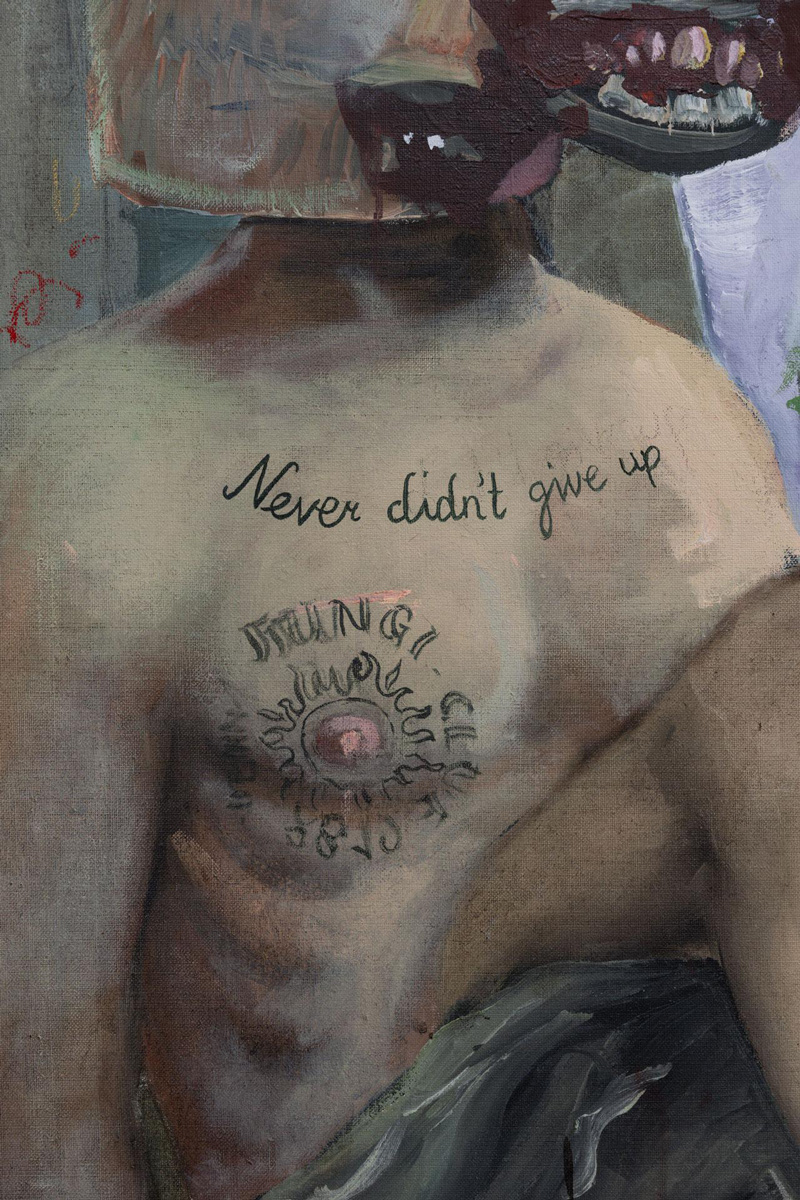
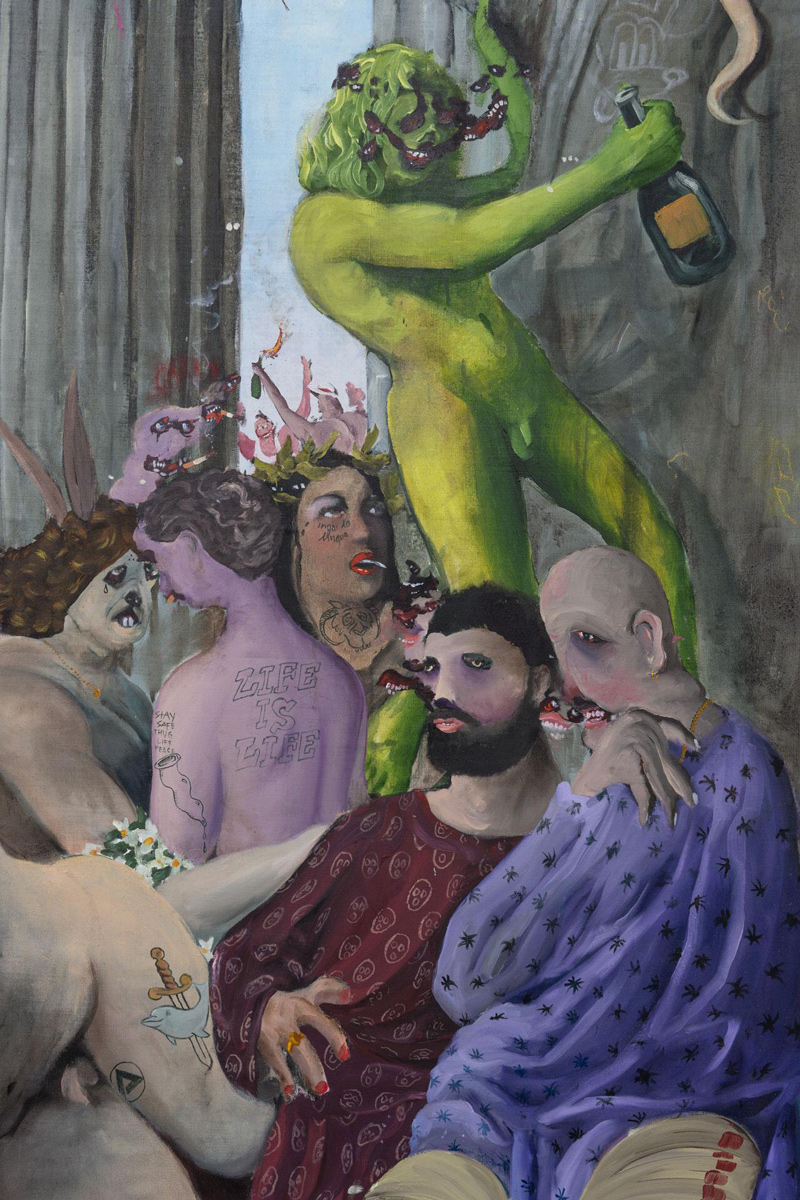
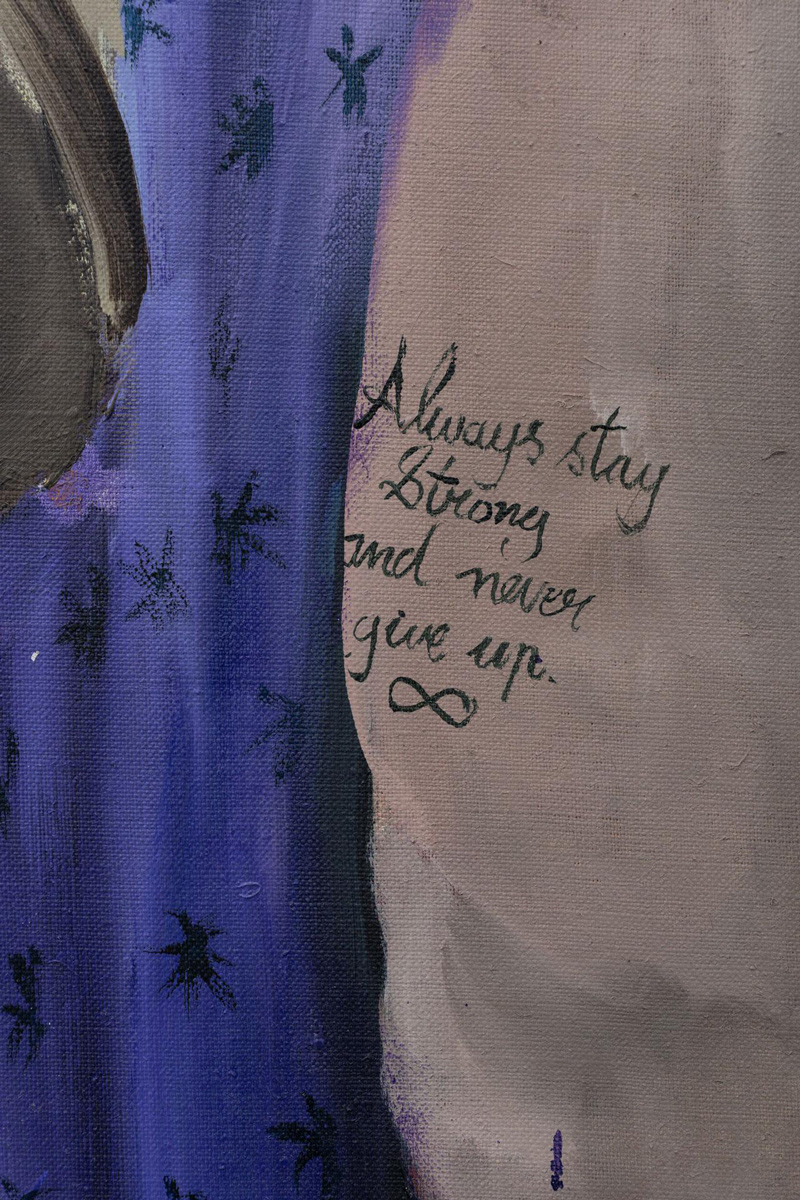
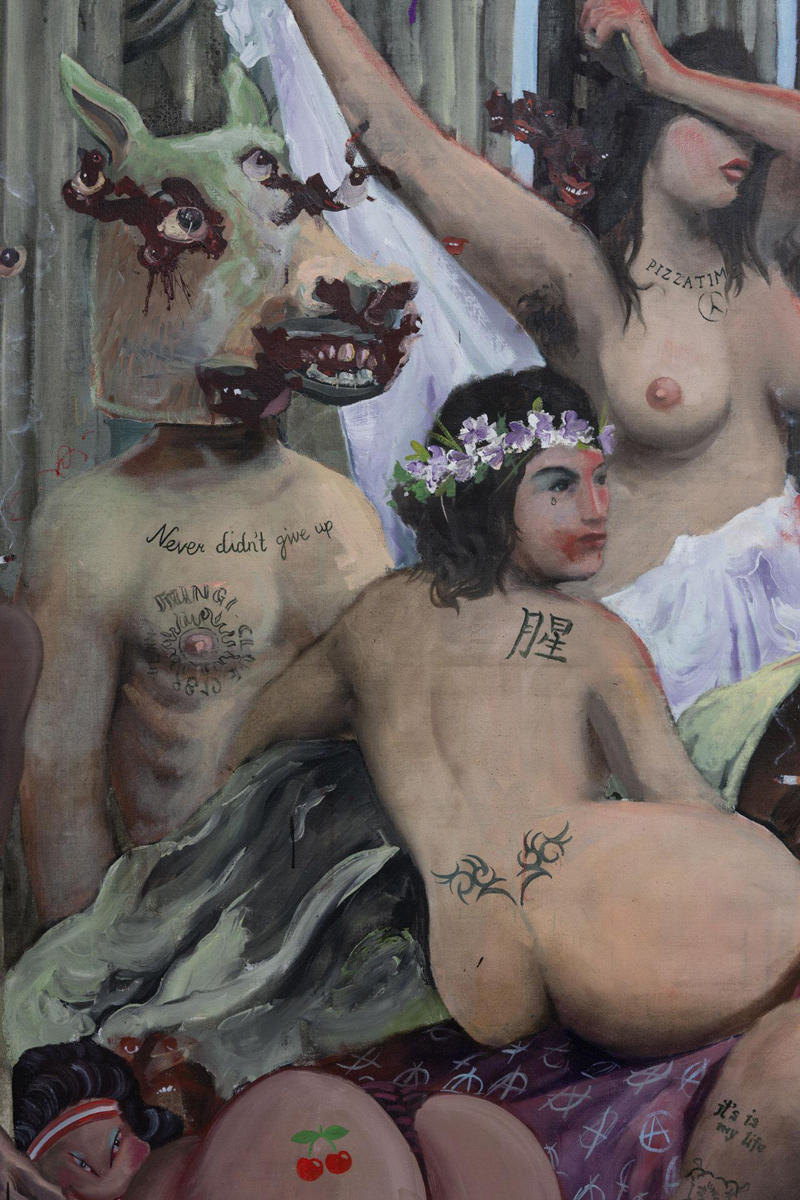
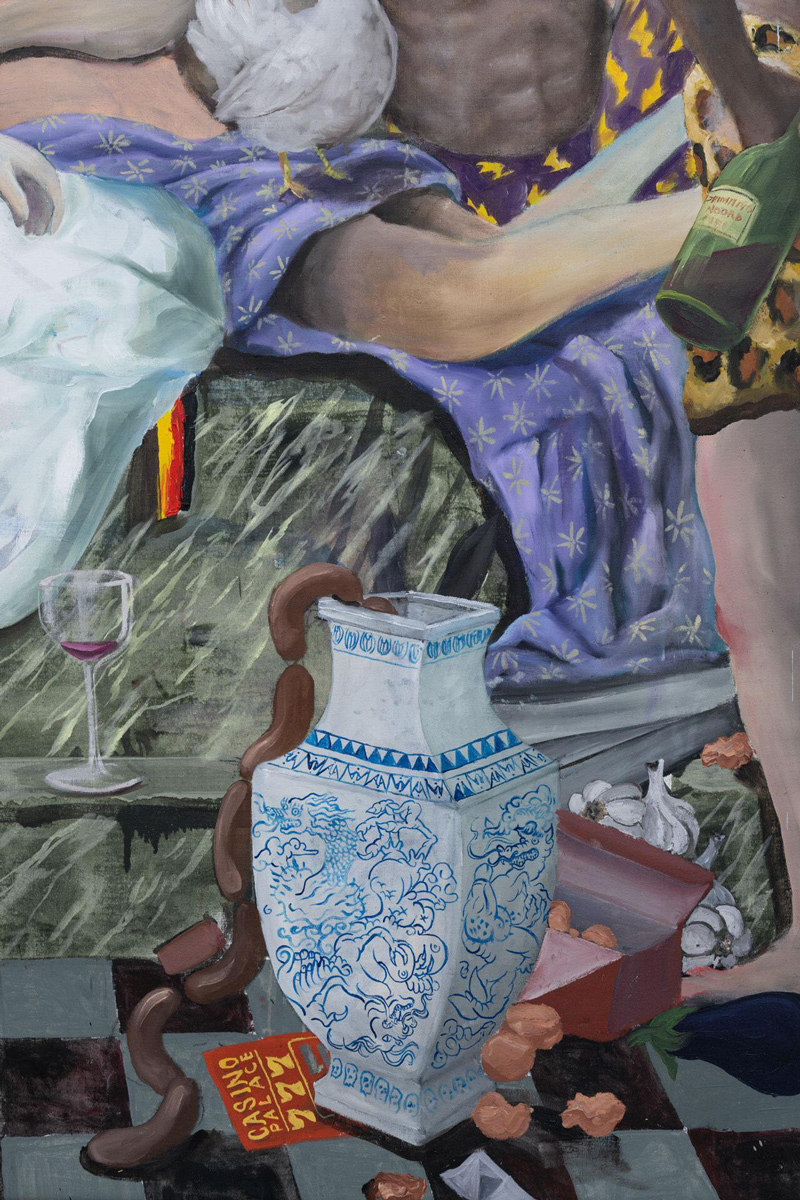
What was your introduction to the art world?
I have always been expressing myself through drawing. It started as great battle scenes of monkeys fighting the army, took a turn through comics and graffiti, and now slowly returns to the monkey scenes. I was always interested in art—mostly in underground comic books, which my father has a big collection of, which I found possibly a little too early in my life.
When I was 16 I did a school exchange in England. During that time I went to see the exhibition ‘Sensation’. I was blown away by the experience. The works were so wild, direct, and unafraid. I could make sense of them without any prior knowledge and find out more if I decided to read into it. Up to that point, I had always felt a distance or arrogance towards the viewer from most of the artworks I saw. This show was different and hence I started to get interested more in the ‘art world’ as such.
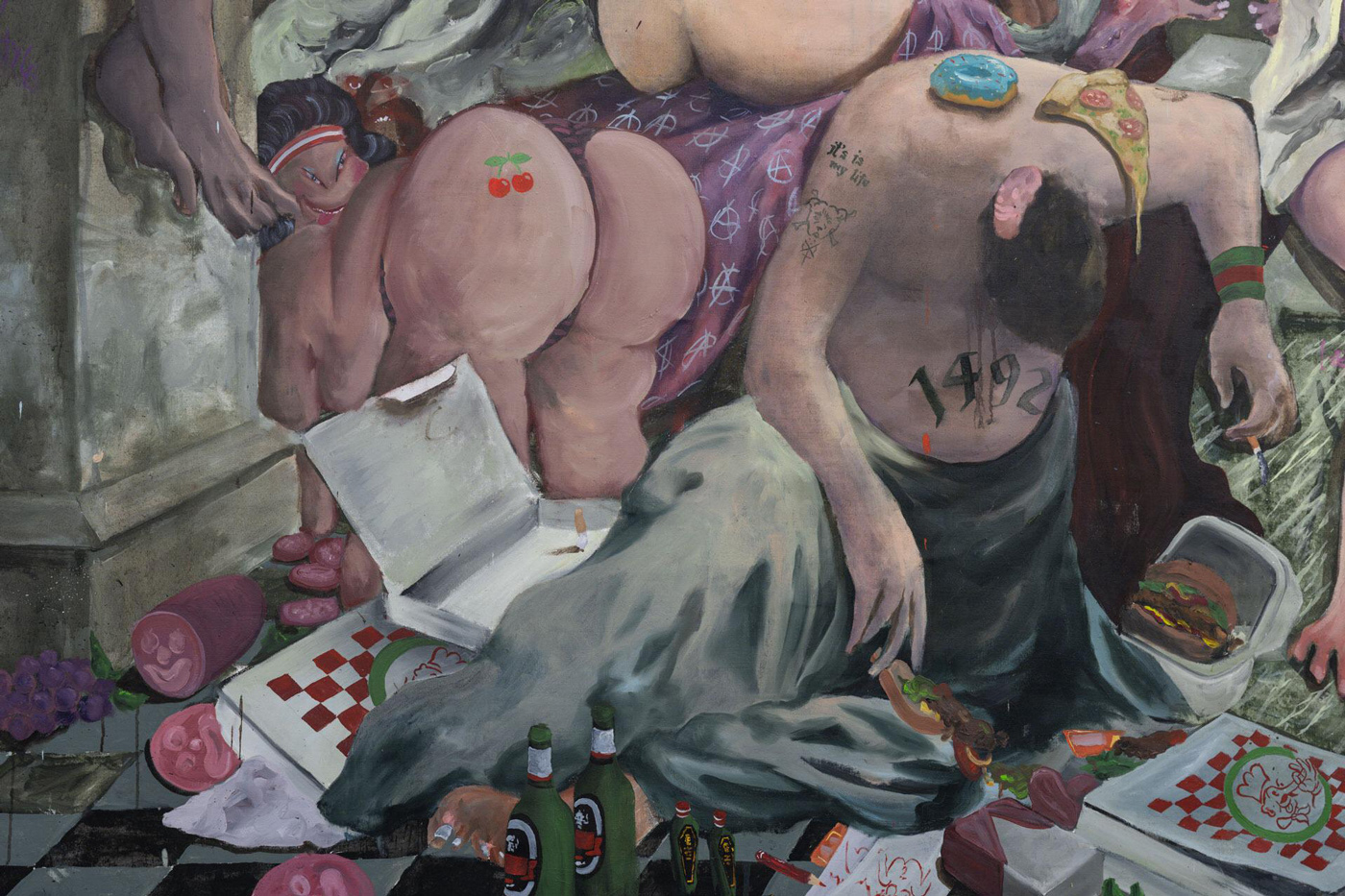
How do you maintain the aspect of creative freedom in your work?
I may not create something that I planned from beginning to end and that is the end of that story. One work has to create or even demand the following works. I am not the singular creator, but a helper. Imagine my work as a wheel of cheese rolling down a hill. I gave it the first kick, but now that the cheese is rolling I am running after it with two sticks in my hand trying to give it direction. The work is fed by myself but also the echo it provokes in the world.
It took me a long time to live off my work. I decided that I would rather live with money problems than with doubts about my work. This way I have built a rather healthy relationship to work. The main rule is that I have to stay excited or feel a necessity about what I create.
Would you describe your work as political?
Among other things, yes, but without trying to push an agenda on the spectator. I suppose it is not too difficult to guess where I stand politically when watching my works, but they are not supposed to serve as confirmation or suggestion to think a certain way. They are supposed to evoke more basic feelings. If that works, each person for themselves will align or rub against with their own political or ethical baggage. I am not offering solutions, but the opportunity to ponder.
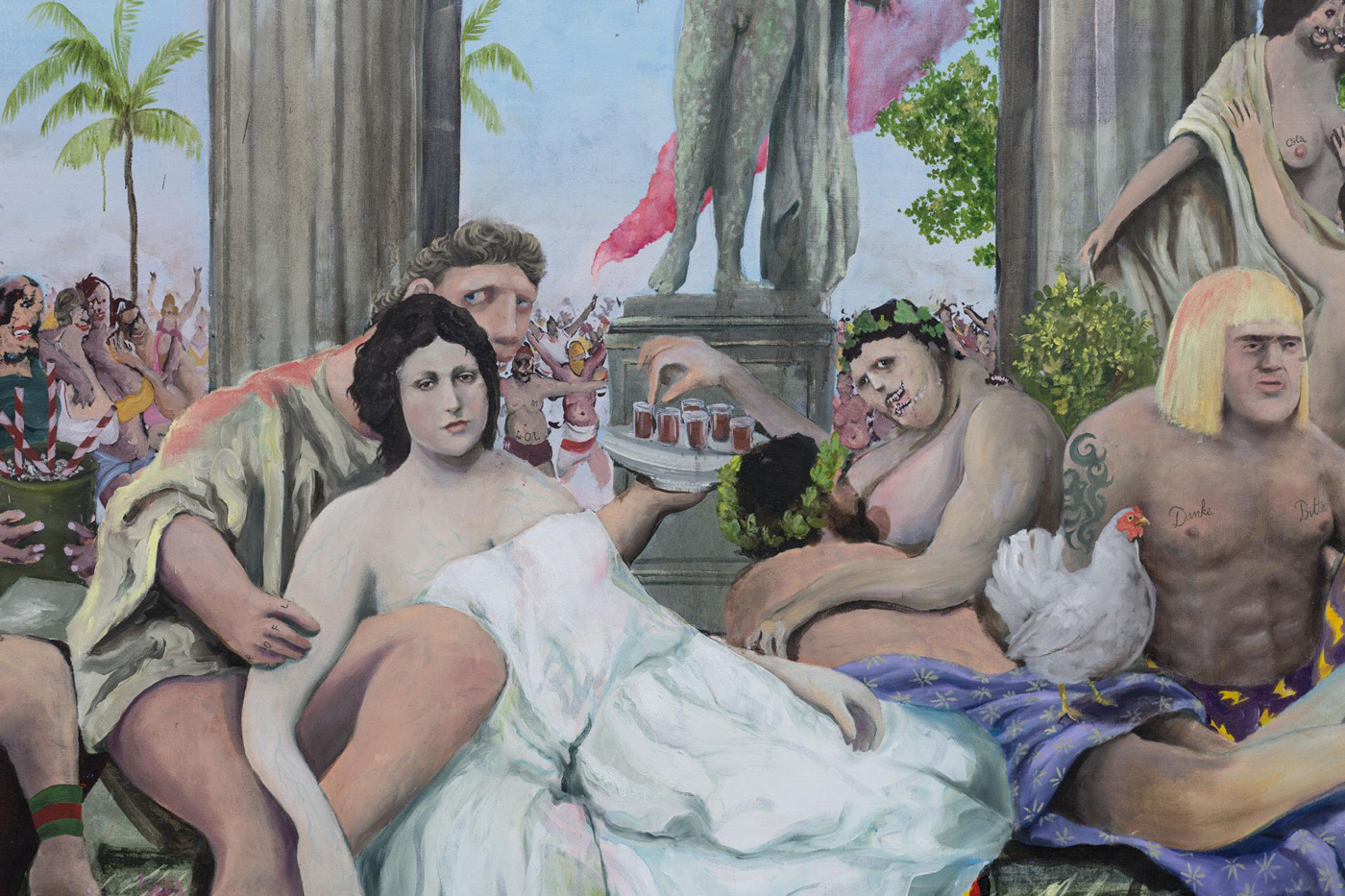
How does it feel like to create this new entity between the two of you? And how is this aspect reflected within the paintings?
It is exciting to collaborate this close. I believe that it is good to be uncertain of the outcome of an artwork anyway, and with two people at work at the same time this element of working into the unknown becomes even stronger. We usually work on a few pieces at the same time, rotating in between canvases. It becomes a circle of reacting. Until at some point we take a distance and consider how to bring it to an end. Each painting is a complicated collaboration, it is not that we would assign any tasks, everybody has to do everything. No parts are holy, this is the only way to work free. A nice side effect is the shared responsibility that allows for some more gestural acts that I might not do alone. Knowing that it will not necessarily be yourself who will have to deal with these spontaneous spurts.
Is there an overall concept behind the paintings? A message you would like to spread?
We deal with the society we live in with all its ignorance, beauty, feelings, and wastefulness. We do not believe in good or bad. We show people caught in their desires. Some of which are charming, others less. Some are looking out of their perfectly trained body, like as if they were inside a house—scared, taking a peek at the street through the shutters. As mentioned before, the paintings carry an emotion. The message will arise within the spectator.
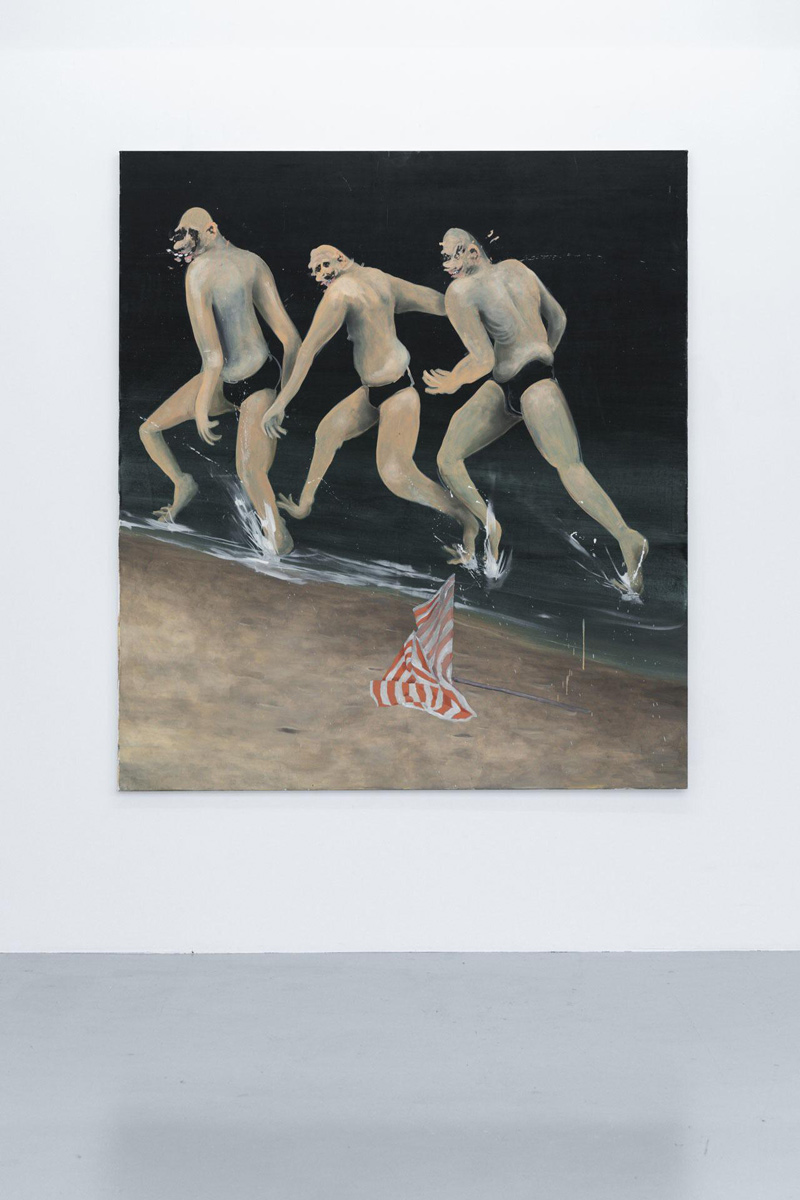
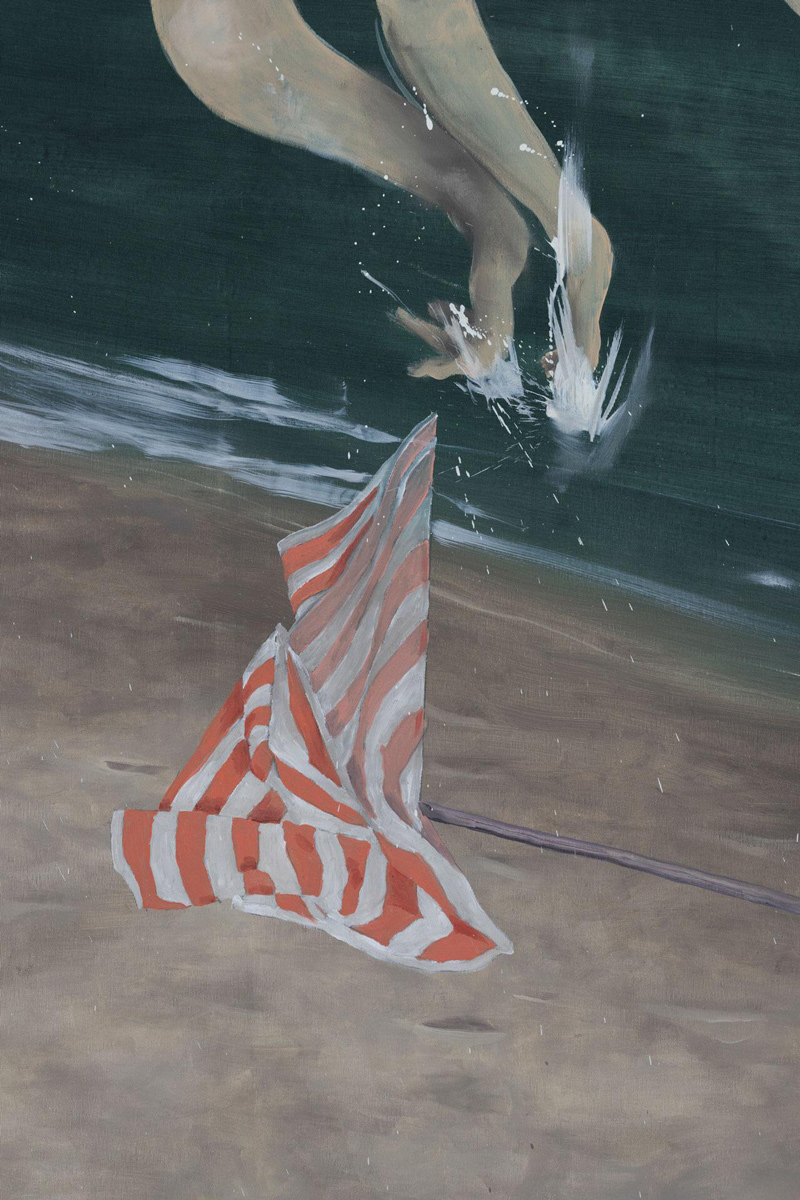
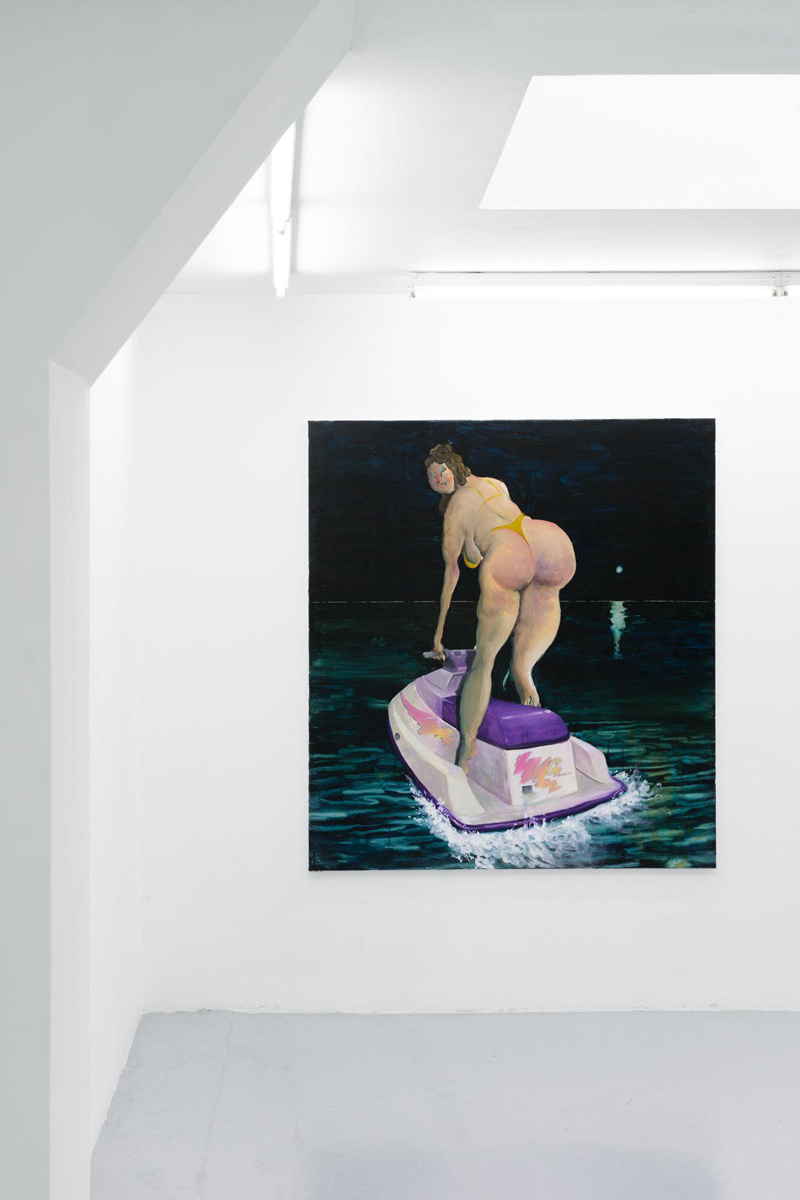
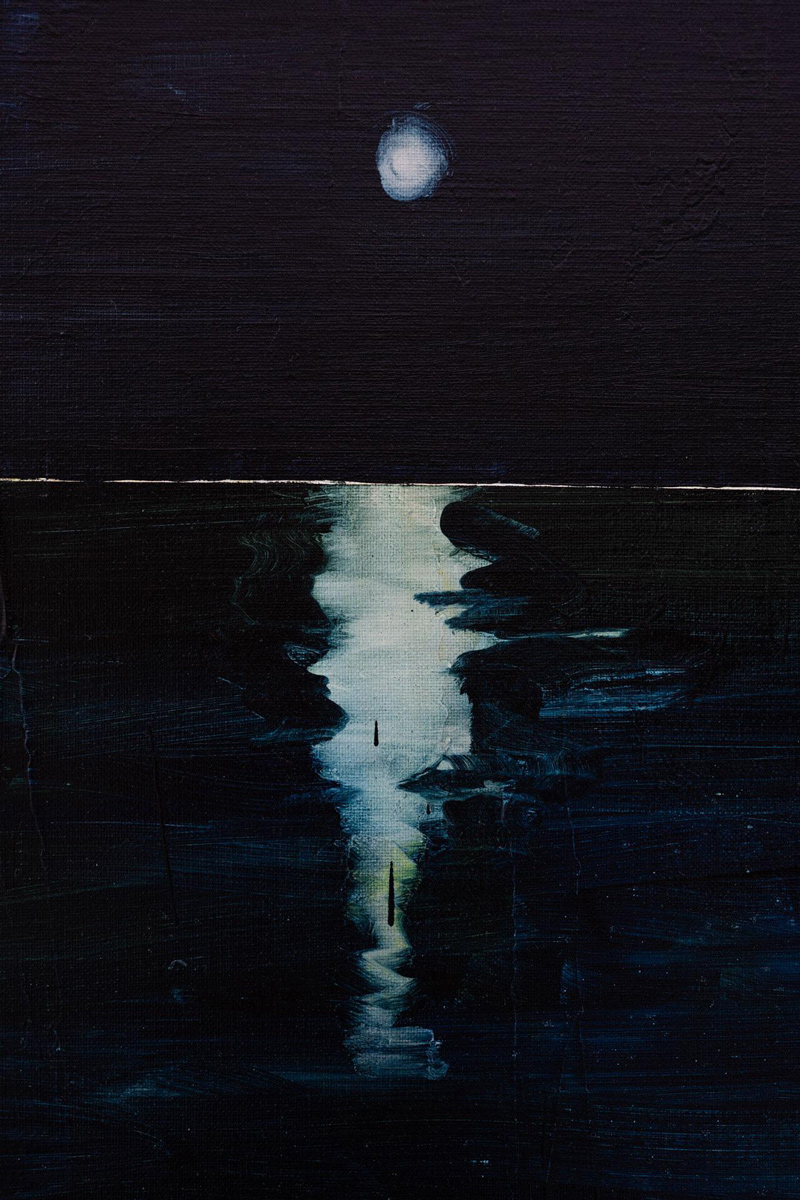
The centerpiece of the exhibition is a large-scale painting, that acts as an ode to Thomas Couture’s ‘Romains de la décadence’. Can you tell us more about this painting in specific?
The centerpiece ‘LIFE IS LIFE’ is based on Thomas Couture’s ‘Romains de la decadence’. We replaced the Romans with mostly westerners and changed their diet. The idea to do a painting of this monumental scale came after our first painting session in 2019 in Austria. The scale offers us the opportunity to work next to each other on the same painting for weeks. We started in early 2020, after a while the lockdown got in the way of our show, which was back then scheduled for April 2020. It was postponed one year, so we had a lot of time with this painting. Which we continued on and off when our schedules would allow it. There are many layers on this painting and the collaboration went so far that there are faces on which each of us drew an eye, a tooth, recut the hair, and so on.
The painting shows a relaxed, nauseating gathering. Everybody seems to be busy with themselves but the main character, who is looking at us with her puffy hungover bemused face. Upon a closer look, it is possible to see that this scene will soon be disturbed by what seems like a foam party held by hooligans. Bengal fires have been lit, like on boats to signal an emergency, or during a football match to celebrate. You be the judge.

